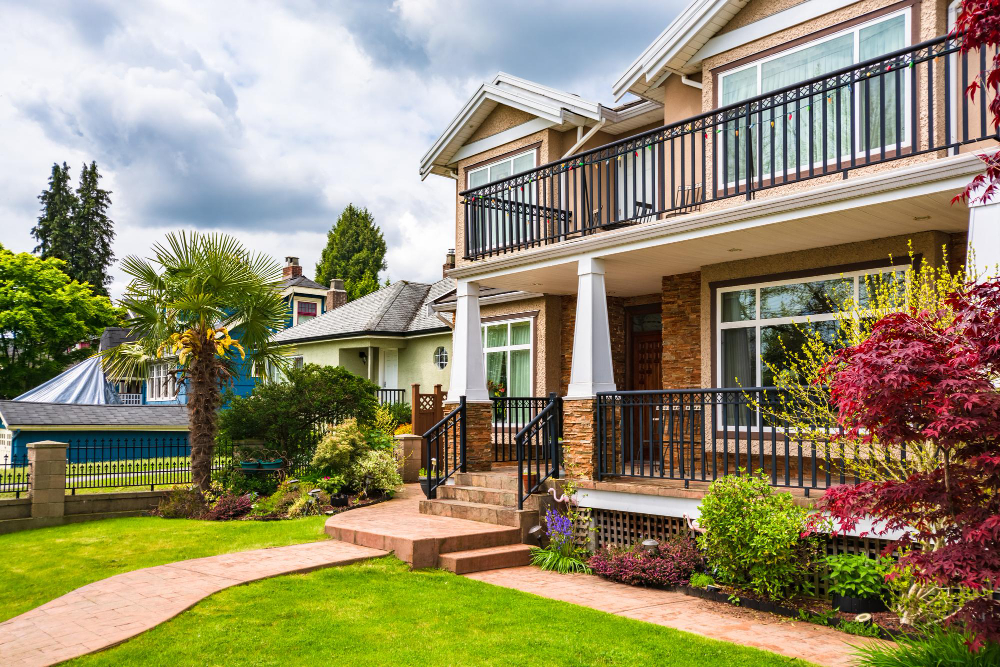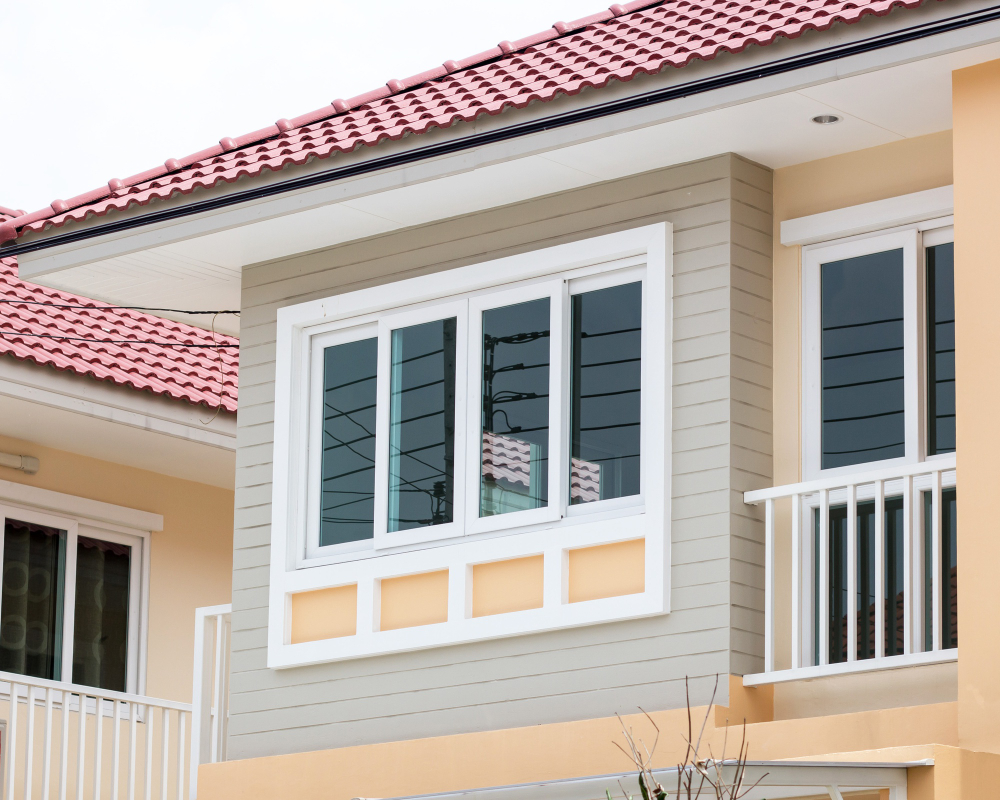Last updated on
Energy-saving windows are becoming increasingly popular as homeowners look for ways to cut down on their energy bills and reduce their carbon footprint. These energy efficient windows are designed to minimize heat loss during the winter and prevent heat gain during the summer, resulting in a more comfortable living space and lower energy costs.
One of the key features of energy-saving windows is low-emissivity (low-E) glass. This type of glass has a thin coating that reflects heat back into the room, keeping it warm in the winter and cool in the summer. Some energy-saving windows also feature multiple panes of glass with insulating gas in between, which further reduces heat loss and improves energy efficiency.
In addition to low-E glass and multiple panes, energy-saving windows may also feature other design elements that improve their energy efficiency. For example, some windows have frames made of materials that are better at insulating than traditional materials like aluminum. These frames can help prevent heat from escaping through the window frame, further reducing energy costs.
Understanding Energy-efficient Windows

Energy efficient windows are a popular choice for homeowners who want to save money on their energy bills. They are designed to reduce the amount of heat that escapes from a home in the winter and to keep the home cooler in the summer. In this section, we will explore the components of energy efficiency and Energy Star certification.
Components of Energy Efficiency
The two key components of energy efficiency in windows are the U-factor and the Solar Heat Gain Coefficient (SHGC). The U-factor measures how well the window insulates, while the SHGC measures how much solar heat the window allows into the home. The lower the U-factor and SHGC, the more energy-efficient the window.
To achieve energy efficiency, windows are designed with multiple panes of glass, low-emissivity coatings, and insulating gas fills. These features help to reduce heat transfer through the window and keep the home comfortable year-round.
Energy Star Certification
Energy Star is a certification program run by the U.S. Environmental Protection Agency (EPA) and the Department of Energy (DOE). The program is designed to help consumers identify products that are energy-efficient and can save them money on their energy bills.
To earn an Energy Star label, windows must meet strict energy-efficiency guidelines set by the EPA and DOE. These guidelines are based on the U-factor and SHGC of the window, as well as other factors such as air leakage and durability.
The National Fenestration Rating Council (NFRC) is responsible for testing and rating windows for energy performance. The NFRC label provides information on the U-factor, SHGC, air leakage, and other factors that can affect the energy efficiency of the window.
Energy Star-qualified windows are a great choice for homeowners who want to save money on their energy bills while reducing their carbon footprint. By choosing Energy Star-qualified windows, homeowners can be confident that they are making a smart investment in their home and the environment.
Window Design and Materials
When it comes to energy-saving windows, the design and materials used play a crucial role in their efficiency. In this section, we will discuss the different frame and sash materials, as well as the types of energy-saving glass used in these windows.
Frame and Sash Materials
The frame and sash materials used in energy-saving windows can greatly impact their energy efficiency. Some of the most commonly used materials include wood, vinyl, aluminum, and fiberglass.
Wood frames provide excellent insulation and are a popular choice for energy-saving windows. However, they require more maintenance than other materials and are susceptible to rot and decay if not properly cared for.
Vinyl frames are low maintenance and provide good insulation. They are also affordable and come in a variety of colors and styles. However, they can become brittle over time and may not be as durable as other materials.
Aluminum frames are strong and durable, but they conduct heat and cold easily, which can affect their energy efficiency. They are also prone to condensation, which can lead to mold and mildew growth.
Fiberglass frames are a newer option that provide excellent insulation and durability. They are also low maintenance and can be painted to match any home’s exterior.
Types of Energy Saving Glass
The type of glass used in energy-saving windows can greatly impact their efficiency. Some of the most common types of energy-saving glass include low-e glass, insulated glass, and triple-pane windows.
Low-e glass has a special coating that helps to reflect heat back into the room, keeping it warm in the winter and cool in the summer. This type of glass also blocks harmful UV rays that can fade furniture and carpets.
Insulated glass consists of two panes of glass with a layer of gas or air between them. This helps to reduce heat transfer and improve energy efficiency.
Triple-pane windows have three panes of glass with two layers of gas or air between them. This provides even greater insulation and energy efficiency, but can be more expensive than other types of glass.
Enhancing Home Insulation

When it comes to energy-efficient windows, insulation is a crucial factor in reducing heat loss and gain. Insulation helps trap desirable temperature air in your home, keeping it warm during the winter and cool during the summer.
Reducing Heat Transfer
Energy-saving windows feature advanced construction, often including insulated frames, multiple layers of glass, and gas fills such as argon or krypton. These features help reduce heat transfer by creating a thermal barrier that prevents the transfer of heat through the window.
Sealing and Weatherstripping
Another important aspect of energy-efficient windows is sealing and weatherstripping. Properly sealing and weatherstripping windows can prevent drafts and air leaks, which can significantly reduce heat loss and gain. Caulk, weatherstripping, and seals are all essential components of proper window insulation.
To further enhance insulation, windows can also feature thermal breaks and low-emissivity (low-E) coatings. Low-E coatings are microscopically thin layers of metal or metallic oxide that reduce the amount of infrared and ultraviolet light that passes through the glass, while still allowing visible light to enter.
The End: Installation and Maintenance
Professional Installation
Proper installation is crucial for energy-efficient windows to function effectively. Homeowners are advised to seek the services of professional installers who specialize in energy-efficient windows.
These professionals have the expertise and experience to ensure that the windows are installed correctly, airtight, and sealed to prevent any air leaks. The installation process may involve removing the old windows, preparing the opening, and installing the new windows.
Some installers offer free estimates to homeowners, allowing them to budget for the installation costs. Homeowners should choose installers who are licensed, insured, and have a good reputation in the industry. A professional installation will ensure that the windows function optimally, thus reducing energy costs in the long run.
Long-Term Energy Savings
Energy-efficient windows can significantly reduce heating and cooling energy use, thus lowering energy costs. However, proper installation and maintenance are essential to achieving long-term energy savings. Homeowners should ensure that the windows are well-maintained and kept clean to ensure optimal performance.
Regular cleaning of the windows will help to remove any dirt or debris that may accumulate on the surface, thus allowing maximum sunlight to penetrate the home. Additionally, homeowners should inspect the windows regularly for any signs of damage or air leaks. Any damage or air leaks should be repaired promptly to prevent any energy loss.
The Takeaway
Energy-efficient windows should be a priority to ensure that the home is energy-efficient from the start. Proper installation and maintenance of these windows will ensure that the home is comfortable and energy-efficient for many years to come.
Table of Contents




